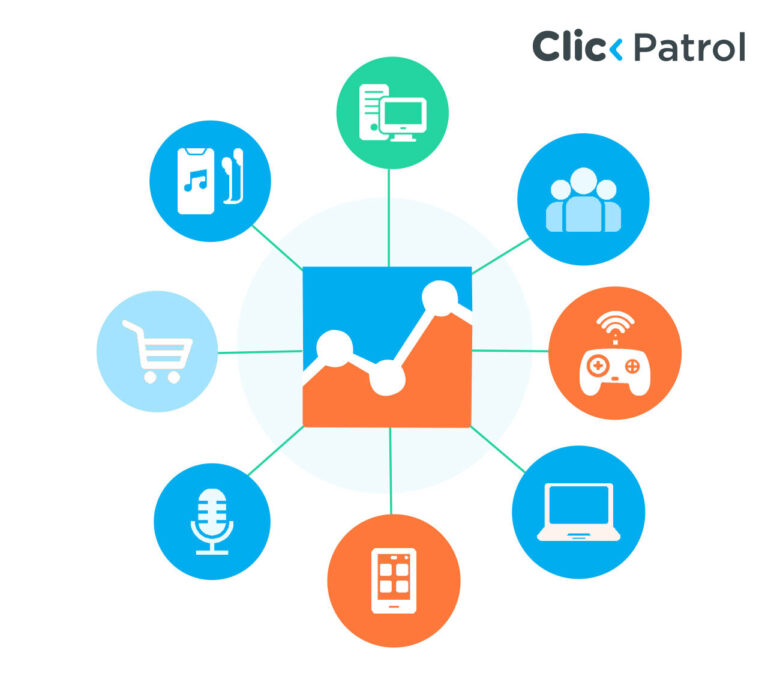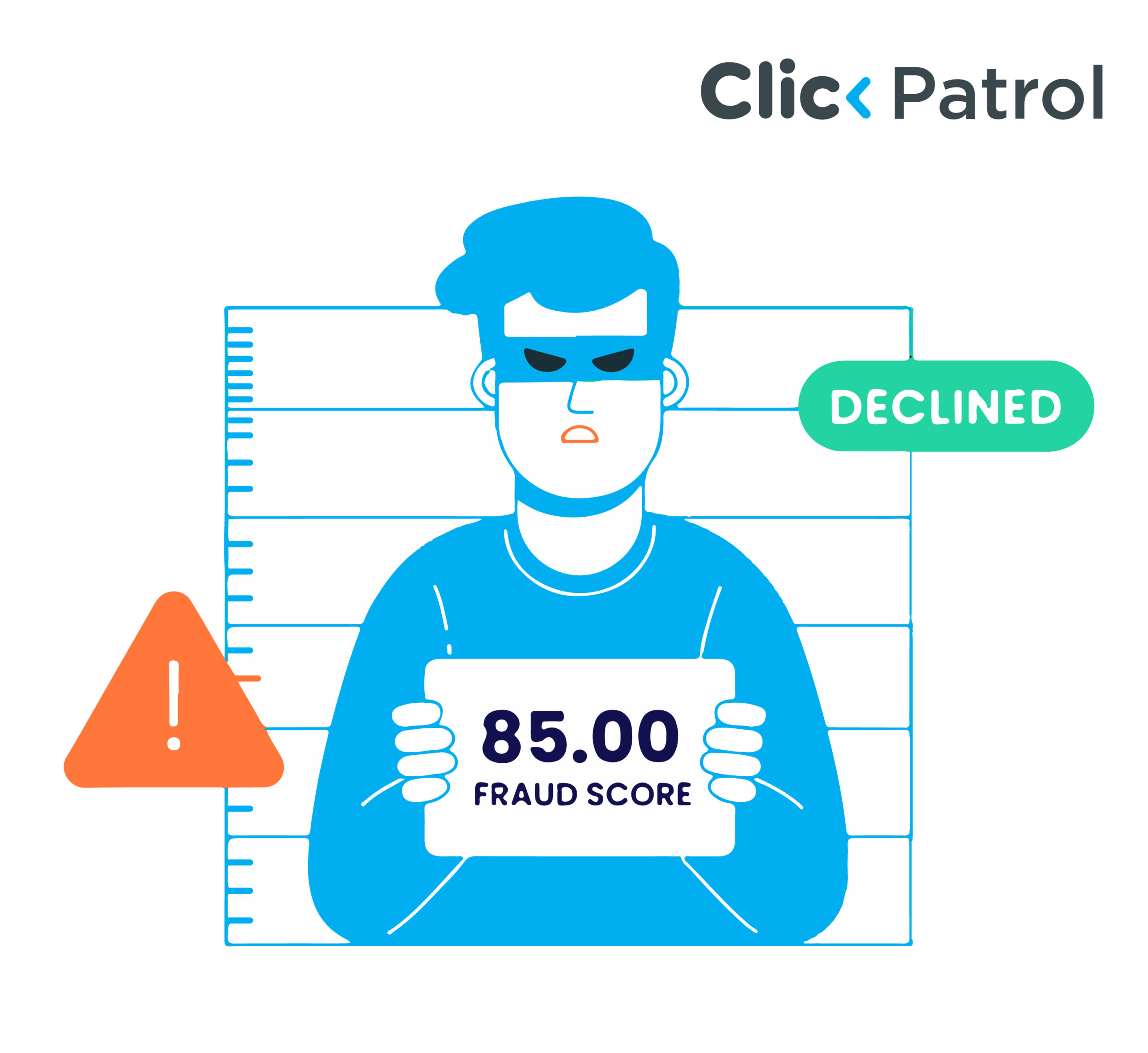
The Future of Click Fraud Prevention
Abisola Tanzako | Sep 18, 2024

Table of Contents
Every online business in this age needs to know about the fine details of click fraud prevention.
The market for digital advertising is expanding vastly, and the coming decade will be no exception, as it offers companies a remarkable reach to their target audience. However, this kind of growth inevitably leads to click fraud, a pressing concern that distorts ad campaign’s efficacy and credibility and is estimated to cost advertisers billions yearly.
Since digital advertising is not static, fraudsters and their techniques will also not remain stagnant; hence, there is a need to advance in the fight against click fraud. This article explains the need for click fraud prevention, how it works, its effects on ad campaigns, and its prospects.
Why is click fraud prevention necessary?
Click fraud prevention is necessary for several significant reasons that affect the efficiency and credibility of web advertising.
- Financial protection: Click fraud significantly impacts advertiser budgets by consuming their ad spend. When fake clicks happen, companies pay for actions that do not bring in real customers or sales.
- Data integrity: Correct data is the key to any marketing strategy. Invalid clicks can compromise an ad campaign’s actual performance, making it difficult for marketers to determine its true efficiency.
- Competitive fairness: Digital advertising is rather intense; click fraud can be used to attack competitors and ruin their advertising campaigns. Some competitors may opt to perform click fraud to exhaust their competitors’ advertising funds, lower the performance of their ads, and gain an unfair edge.
- Brand reputation: One of the most essential brand resources businesses use is its reputation. Click fraud, if persistent, harms a brand’s reputation, and customers or partners who are associated with a brand can lose confidence in it.
How does click fraud prevention work?
Click fraud prevention is a multi-process set of measures, technologies, and procedures that protect Internet advertising from fraud.
1. IP address monitoring:
IP address monitoring entails tracing the source IP addresses of the clicks through a database that holds all the known fraudulent IP addresses, preventing the fraudulent IP addresses from accessing the ads. This method is significant because most invalid clicks originate from specific IPs or IP ranges of click farms and bots. IP address monitoring involves the following steps:
- Identification of suspension IP addresses through evaluating previous evidence and data from ad networks.
Blocking the malicious IP addresses to stop them from further clicking on ads.
Continuously updating the list of suspicious IP addresses to accommodate new threats that may arise occasionally.
2. Behavioral analysis:
Behavioral analysis involves analyzing the patterns and behavior of clicks to identify any irregular trends that may relate to fraud. This method focuses on what constitutes normal usage and attempts to analyze any abnormal sequences. This involves the following:
- Recognizing patterns like the time between clicks, sequential order of pages visited, duration of visit on a particular page, etc taken into consideration by algorithms.
- Detection of inconsistencies, such as an unusual increase in rapid clicks originating from a single IP address or irregular click sequences that do not conform to standard user behavior.
- Analysis of the insights and taking necessary measures, like blocking the source, are implemented.
What is the current state of click fraud prevention?
Currently, a lot of enhancement is seen in filtering click fraud prevention techniques with the help of AI and ML (Artificial intelligence and Machine Learning). These tools help filter extensive data for likely fraudulent patterns, speeding up the detection process. Despite such efforts, click fraud continues to be a serious problem to solve due to the unpredictable nature of fraudsters.
Therefore, ad networks and businesses have incorporated enhanced analytics and continuous tracking of this problem to mitigate the impact of click fraud. Additionally, not all areas have laws that can be considered as preventing click fraud with the rules for other digital advertising, mostly, rules are not clear for fraud. However, the regulation of click fraud may be strengthened as it remains challenging to mitigate it to its potential, although technology and laws have already come a long way in addressing the issue.
What are the current methods of click fraud prevention?
Here are several methods currently employed to prevent click fraud, each with its unique approach to identifying and mitigating fraudulent activity
- IP blacklisting: This technique involves excluding fraudulent IP addresses from accessing the ads. Most invalid clicks come directly from specific IP addresses or series of addresses belonging to click farms, bots, or other categories. Advertisers can quickly eliminate the problem by searching and updating a list of invalid IP addresses.
- Geo-targeting: Geo-targeting limits the ads’ exposure to areas where firms may be interested in, eliminating the chances of exposing their ads to fraud clickers. As click fraud is typically associated with specific countries that experience high rates of invalid activities, advertisers can rule out these countries and show the ads only to interested ones.
It can be further refined according to the particular campaign’s goals, the characteristics of the target audience, and critical previous performance indicators. - Click frequency capping: This method smartly defines certain click limits from where they originate to avoid and eradicate Invalid clicks. By placing a threshold on the number of clicks that can be made originating from the exact location within a given time span and actively checking to see that none is violated, one can prevent a given user or IP address from clicking many times.
- Ad verification services: These services check the authenticity of the ads and clicks placed. They provide another level of protection from possible abuses, such as the wrong placement of ads or clicks of fraudulent persons. This involves observing ad locations to ensure they are placed on valid websites, studying the click data, looking for fraudulent activities, and reporting inconsistencies.
- Real-time monitoring: This approach requires constantly tracking ad traffic to counter any fraud as it unfolds. It involves continuously monitoring the ad traffic to pinpoint the vulnerabilities and filtering the source of ad campaigns to respond to emerging fraud methodologies.
The future of click fraud prevention
The future of click fraud prevention is anticipated to evolve significantly, driven by several key trends and technological advancements.
- AI and machine learning: The application of AI and machine learning is predicted to advance to a level that can offer real-time prevention and detection of click fraud. These technologies can use large data sets to look for trends and discrepancies to alert one of fraud.
- Blockchain technology: Because blockchain technology is transparent and immutable, it can be considered a perfect solution for guaranteeing safe and verifiable advertising transactions. That way, blockchain can guarantee all the clicks as original to avoid cases of fraud and create a record of each click.
- Regulatory measures: With the increase in click fraud, the regulatory authorities are bound to enforce strict policies and regulations. Applying greater scrutiny to the industry will force the different market players to improve their practices and acquire superior technologies to combat fraud.
- Collaborative efforts: There will be a greater need for cooperation between advertisers, publishers, and technology suppliers. Through this collaboration, various stakeholders can develop better solutions to click fraud challenges.
- User authentication: Advanced user authentication methods, including biometric verification, can be applied to address the issue of click fraud. This ensures that clicks originate from genuine users, reducing the chances of fraud in the industry.
Challenges and opportunities in the future of click fraud prevention
While click fraud is still an issue in the digital advertising industry, it can be tackled, provided the right approaches and tools are employed. With the advancement of digital marketing strategies, there also needs to be advancement in ways to mitigate click fraud. Technological development, laws and guidelines, and industry cooperation will inform click fraud prevention in future years.
Thus, businesses would be more involved and proactive toward preventing ad risks, improving the ad campaign’s ROI, and creating a more reliable digital advertising environment.
FAQs
Q. 1 Is it possible to prevent the practice of click fraud?
Yes, it is possible to minimize click fraud. Although it may be impossible to eradicate click fraud entirely, effective detection and prevention measures can significantly reduce its occurrence.
Q. 2 In what ways is AI used in click fraud prevention?
AI assists by analyzing large volumes of data to identify features most likely to be associated with fraud. One key advantage of machine learning models is that they can keep learning from new data and become even better at detecting fraudulent activities.
Q. 3 Is there any legal framework that protects against click fraud?
No, some regulations regarding digital advertisement exist in certain regions, which can affect click fraud. However, at the moment, the legal regulation remains rather limited, and broader and more advanced legislation may come in the future.
Q. 4 Is it possible to get a refund for fraudulent clicks?
Yes, some ad networks offer click refund policies for invalid clicks. To avoid being a victim of click fraud, it’s wise to review the terms and conditions of the advertising platform of your choice to determine if and when they offer refunds.





